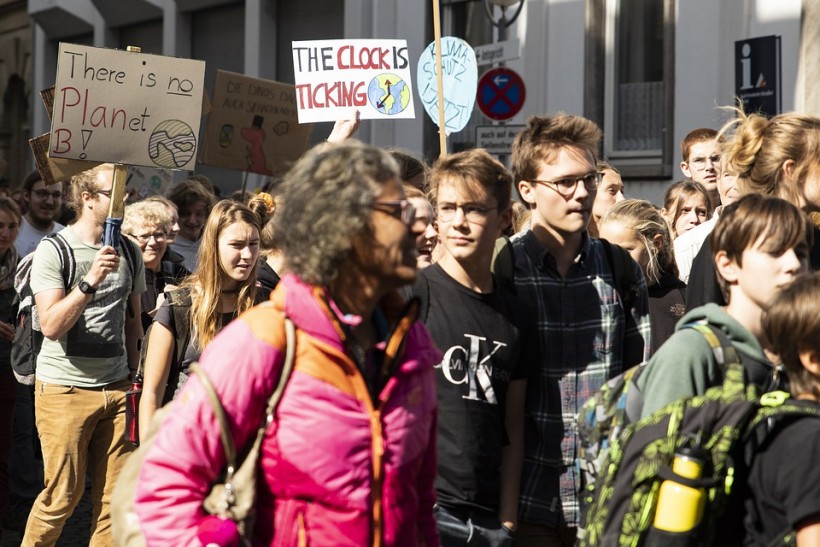(Photo : Pixabay/cubicroot)
The Esperanza Peninsula in Antarctica just reached a record 65°F, the warmest and hottest temperature ever recorded. Seymour Island hit 69°F after just a few days, and the day after that, Pine Island Glacier has lost 130mi2 of ice.
Climate change is upon us; it is not in some dim or unforeseeable future, but in the present, here and now. Its terrifying presence has forced policy makers, investors, futurists, advocates, and scientists to stop talking about mitigation - that is, reducing temperatures through de-carbonization - and shift to a more alarming discourse on adaptation, which is a signal that warming is now inevitable and unstoppable. Adaptation is focused on a view of an inescapable climate degradation and on how humanity can survive its blows.
A recent plan by the Corps of Engineers of the US Army is to have a sea wall constructed to enclosing the entire New York harbor, a six-mile length wall costing $100 billion at the least. The Corps in South Florida is also considering the construction of flood walls not off its coast but within the mainland itself, which will leave the entire Miami Beach and Florida's barrier islands vulnerable. There are similar talks in Europe regarding the damming of the whole North Sea, which will cost hundreds of billions and stretch for 400 miles.
Will all this work? These extreme measures may not only not serve their purpose, but result in a completely opposite effect. When it comes to climate change, such desperate and stop-gap proposals for adaptation often become acceptable and mainstream at a rapid pace.
For example, negative emissions technology as late as 10 years ago was deemed irresponsible to consider, but now it is the basis of strategies for coping with the coming environmental changes. Unfortunately, at the current rate of emissions, focusing on lessening emissions or building sea walls and dams will not, by this time, be enough.
Nonetheless, the Coronavirus scare teaches us that action should still be done, however desperate, inadequate, or hopeless. COVID-19 has scientists projecting a scary worldwide morbidity of 70% and mortality of 2%. Regardless of the figures and the hopelessness it brings, it should not make us succumb to defeat and inaction. On the contrary, it should drive us towards even more action and vigilance.
Even if quarantines may not completely work, it is still a measure that will go towards containing the outbreak instead of simply letting it expand and spread. We are not lucky to have the current health infrastructure; it is the result of effort, persistence and vision. It is part of the reason that we have a projected 2% death rate instead of a higher one.
Yes, it is a choice of looking at the glass as half-full or half-empty. Or it is simply tenacity, which could pay off in the end. The continuous construction of new hospitals, more military deployment, and research on vaccines and a cure will definitely lower projections. Hopelessness is not a justification to stop action.
© 2024 NatureWorldNews.com All rights reserved. Do not reproduce without permission.






